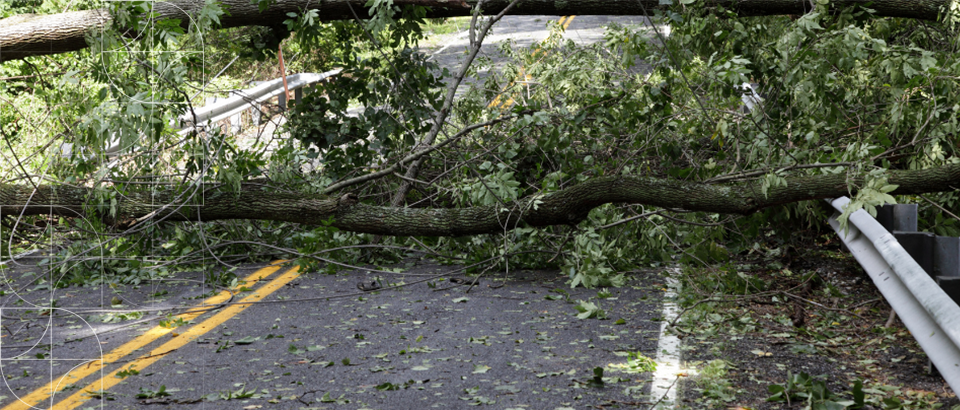High Court finds Council liable in negligence for damage from fallen tree

High Court finds Council liable in negligence for damage from fallen tree
Thursday 27 September, 2018
The High Court has held that the Queenstown Lakes District Council (“Council”) breached its duty of care to Plaza Investments Ltd (“Plaza”) by failing to prevent a rotting 30-metre-tall Lombardy poplar tree in a Council-owned park from falling onto Plaza’s motel.[1] Council was found liable for the amount required to repair Plaza’s property.
The Council had known the tree and others were a risk, having obtained reports recommending regular internal testing, and the implementation of a felling programme. Despite these recommendations, the Council only carried out visual inspections. When the tree fell, following high winds in January 2014, it was found that there was significant white rot in the tree’s roots and base, making the tree vulnerable to bad weather.
Duty of care
The Court found that the Council, as landowner, has a duty to take reasonable steps to prevent or minimise known hazards on its land from causing damage to its proximate neighbours.
In the District Court, the Judge found that the Council’s duty of care was limited to inspecting and maintaining trees in the park in accordance with the Council’s District Tree Policy. The High Court disagreed. Rather, the question is whether following the Policy meant the Council had discharged its duty of care.
The Policy recommended a tree be removed if it became a risk. Other than this, the Policy did not address health and safety matters, nor did it focus on the prevention or minimisation of harm. On that basis, merely abiding by the Policy and maintaining trees was insufficient for the Council to discharge its duty to control risks associated with veteran poplar trees.
Standard of care
The High Court also found that that the District Court Judge erred in failing to apply an objective standard of care on the Council. The standard is to take such steps as are reasonable for a local authority with similar hazards, powers and resources.
The District Court Judge accepted the evidence of the Council’s expert arborist that, in his experience, visual assessments were the most commonly relied on practices of all councils for assessing large tree populations under their care. However, the High Court said that there was no evidence that the other councils referred to by the Council’s expert had to manage over-mature poplars, with known potential defects and risks. On that basis, the other councils’ standard was not the applicable standard of a reasonable local authority in the Council’s position.
The following facts were of relevance to the High Court’s finding that the Council had breached its duty of care:
- The Council had been aware since 2005 that overly mature Lombardy poplar trees were decaying.
- A report recommended to the Council that it regularly carry out internal testing and implement a phased felling programme. However, the Council only undertook visual assessments.
- Three other Lombardy poplar trees had fallen prior to 2014, causing extensive damage and a fatality.
- The Tree was old, had shown signs of significant decline and given its exposed position, and would be vulnerable to strong winds and stormy weather.
- When the Tree fell, it was clear that internal testing would more than likely have identified the extent of the white rot damage.
The Court held overall that the Council failed to take a risk assessment approach to managing its hazardous trees. By its negligent omission, the Council breached its duty of care to Plaza, by failing to take reasonable steps to prevent damage or mitigate risk of a known hazard on its land. The Council’s omission caused the damage to Plaza.
Implications for local authorities
Trees are not the only hazards that local authorities may be required to manage. This decision highlights the importance that local authorities implement clear and consistent processes for following expert recommendations as to what is required to manage a hazard on their land. The amount of damage that can be caused by a hazard may be far more than the costs of monitoring hazards and ensuring that expert advice is implemented.





